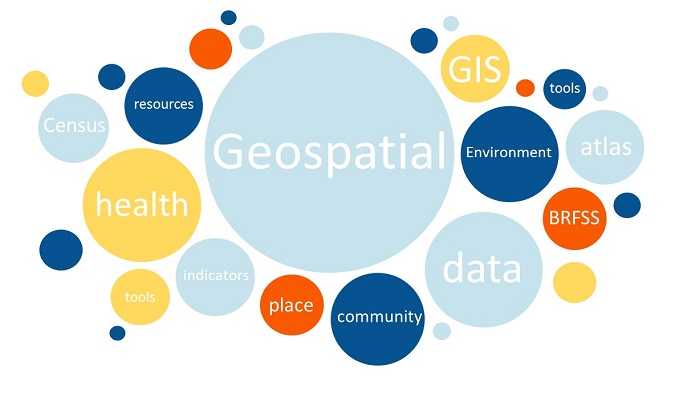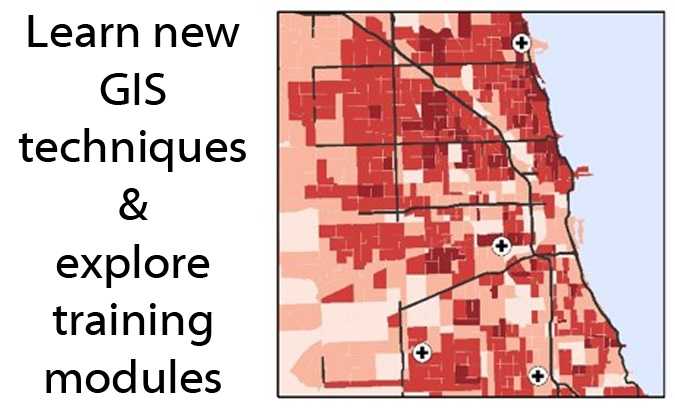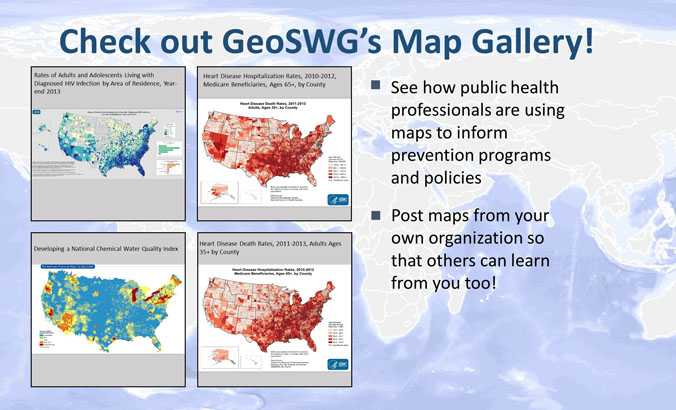Geography is the study of how the world differs from place to place. Geography uses a spatial, or geospatial perspective, meaning it focuses on place and space, looking at what, where and why phenomena occur. Here at the CDC, we study the spatial aspects of health and illness. For example: where are diseases found, how are diseases related to the environment, and where do people go to seek health care. Geographers use a variety of tools to study these topics such as maps, statistics, and Geographic Information Systems (GIS). GIS is a computer system consisting of hardware and software used to store, manipulate, analyze, model, and display spatial and non-spatial data.
For more information, check out What is GIS?
For questions or more information, please contact the GeoSWG Executive Committee at geoswg@cdc.gov.
- Page last reviewed: October 11, 2016
- Page last updated: October 11, 2016
- Content source:


 ShareCompartir
ShareCompartir


